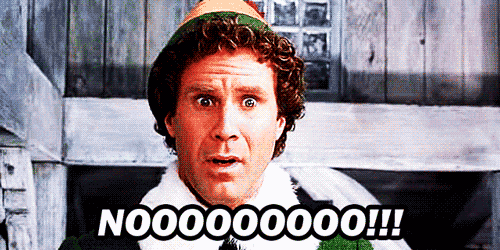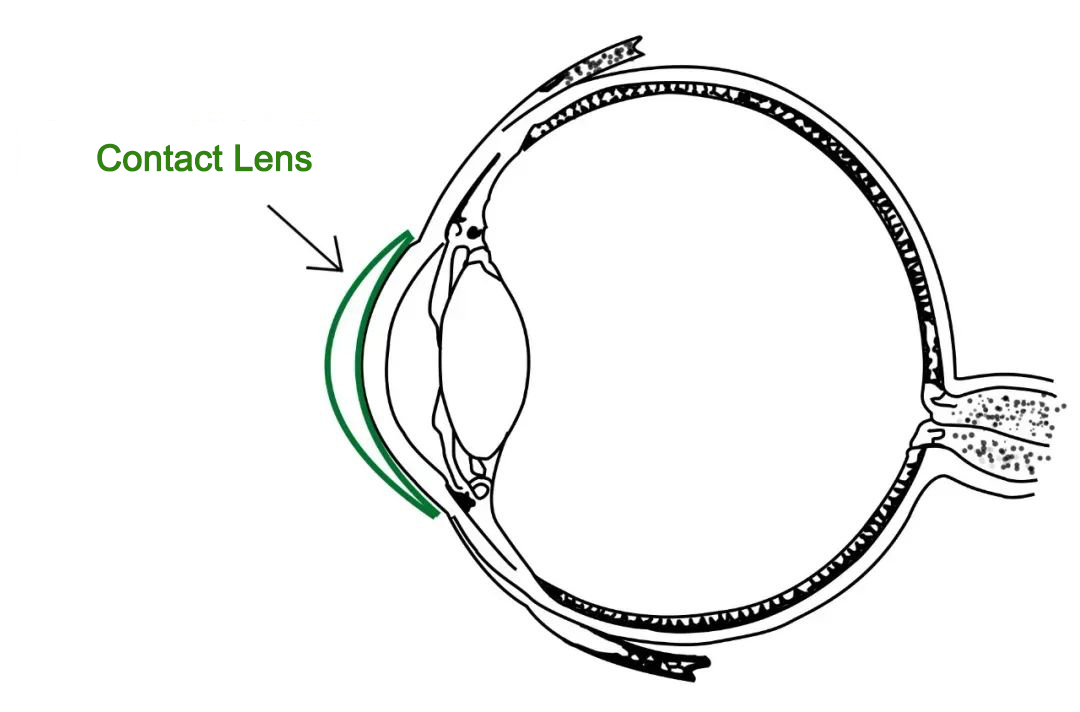The first thing myopic people do every day when they wake up is looking for their glasses. As one of the most common and convenient vision correction methods, frame glasses have become the choice of most people. However, frame glasses have become synonymous with inconvenience at certain times and occasions. For example, you must have been tired of the frequent fogging of eyeglass lenses in winter.
At this time, having the right pair of contact lenses can be a "winter savior." But many people buy contact lenses by applying the prescription of the frame glasses directly, which is not correct!

This is determined by the way the glasses are worn. The distance between the two lenses and the apex of the cornea is different, and therefore the prescription cannot be the same.

Frame glasses are placed on our nose bridge, and there is a long distance between the lens and the vertex of the cornea, while contact lenses are directly attached to the cornea, and there is zero contact between the two. Therefore, because of the difference in the distance between the lens and the cornea apex, if you want to get the same correction effect, then there is a difference in the number of contact lenses, and the number of frames needed for the apex distance effect.

When a prescription of myopia is lower than 400 degrees, the vertex distance effect gap is still relatively small and can be ignored; but we can't miss this effect when it is higher than 400 degrees. Therefore, it is necessary to consider the vertex distance effect on contact lens refractive power and magnification effect.
Suppose myopic people are fitted for contact lenses directly according to the prescription of their frame glasses. In that case, the prescription will be high, which means that they will be overcorrected, overload their eyes, and add to their fatigue symptoms. Therefore, the contact lens prescription is generally lower than the frame prescription for myopic lenses to achieve the same corrective effect.
Contact lens diopter = Frame glasses diopter ÷ (1 - 0.012 x Frame glasses diopter)
The constant 0.012 in the formula is the distance between the posterior vertex of the frame glasses and the cornea in meters, which is an average value. It is important to note that frame glasses refraction needs to distinguish between nearsightedness and farsightedness, with nearsightedness being negative and farsightedness being positive.
An Example: Suppose a prescription of nearsightedness 500 degrees, the frame glasses diopter is -5.00D, conversion can be obtained contact lens diopter: -5.00 ÷ [1-0.012 x (-5.00)] ≈ -4.72, that is, contact lenses should choose -4.75D degree prescription (lens degree are to 0.25D for a gradual increase or decrease).
So, now you know how to convert contact lens prescriptions! But it is still recommended to use frame glasses as a backup. Come see if there are prescription frame glasses for you?